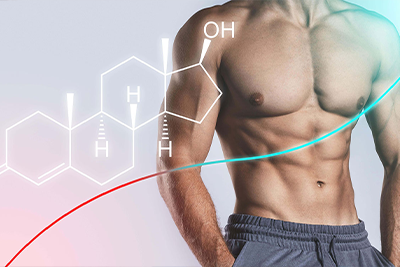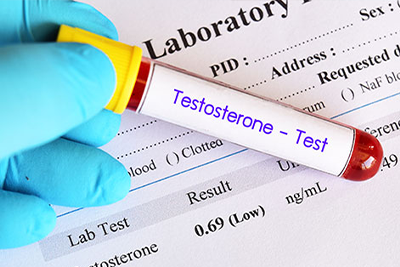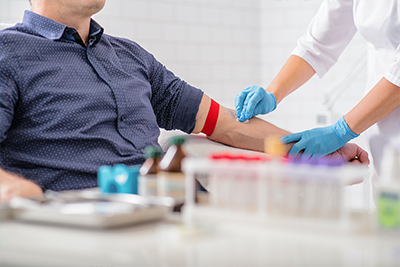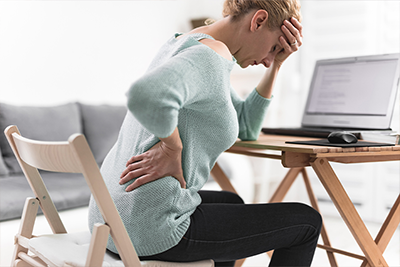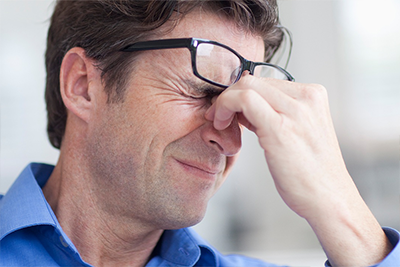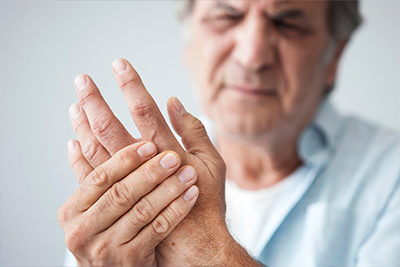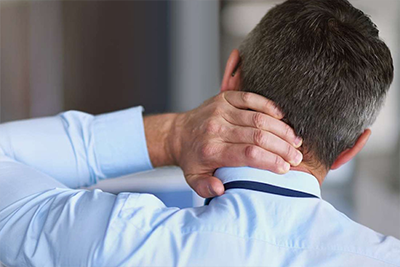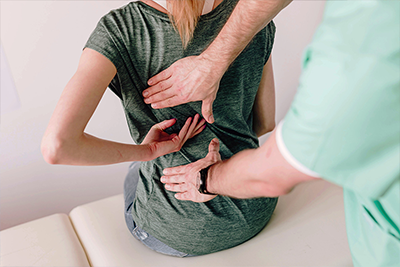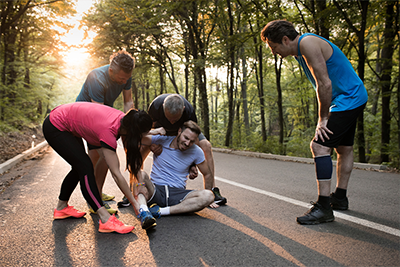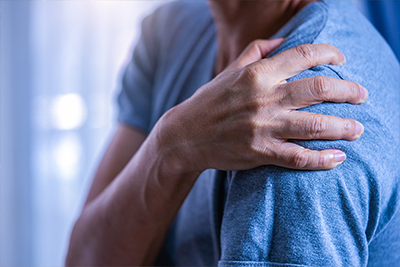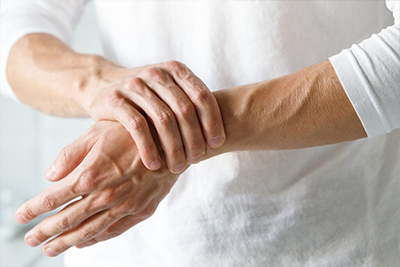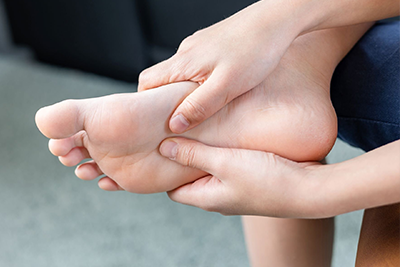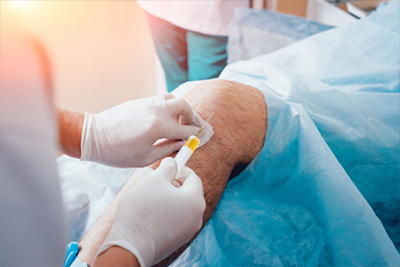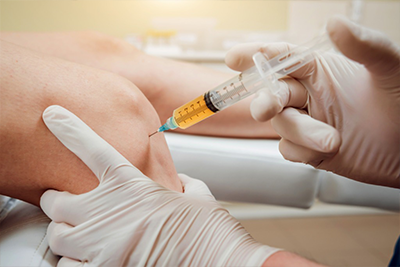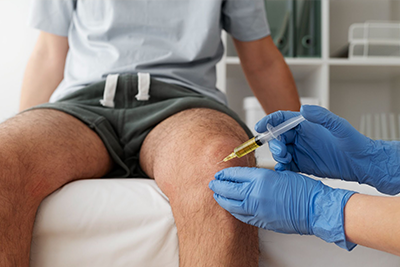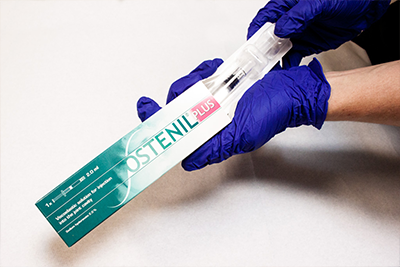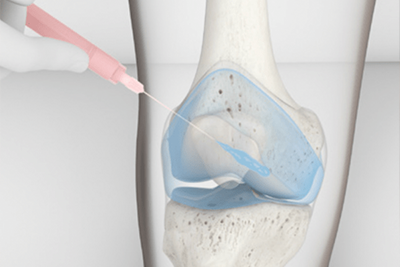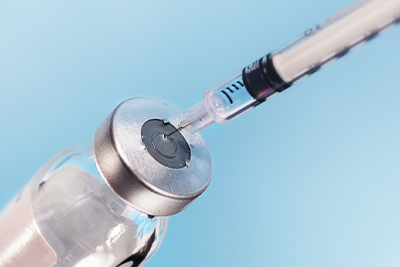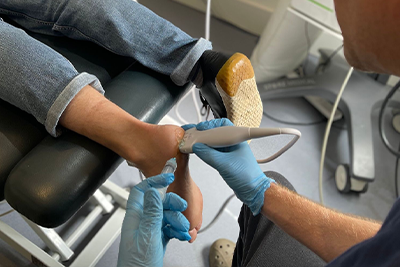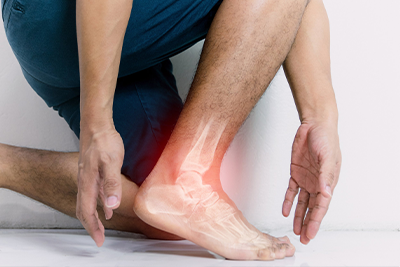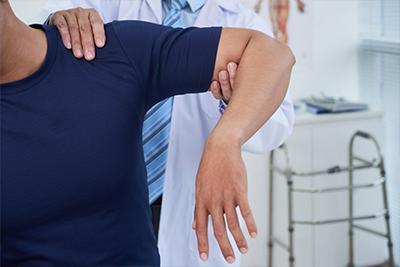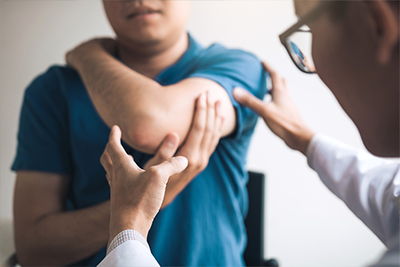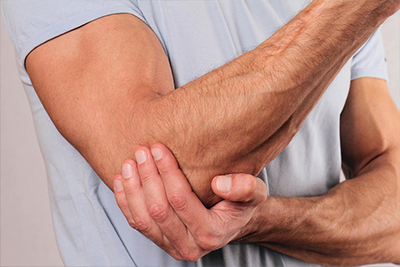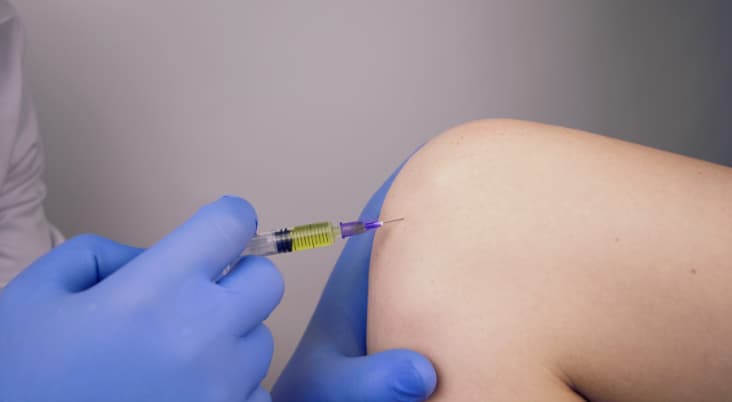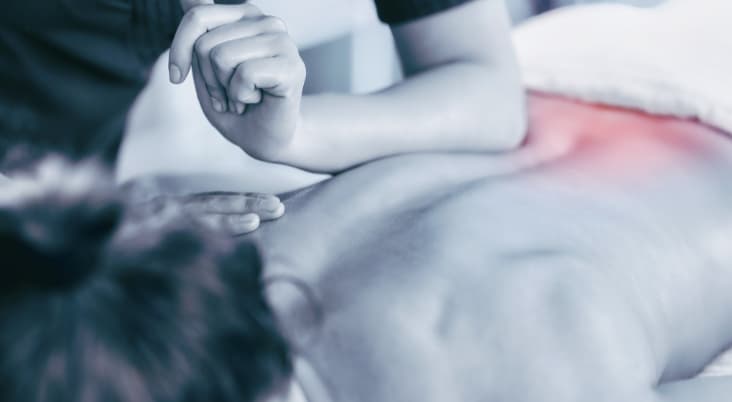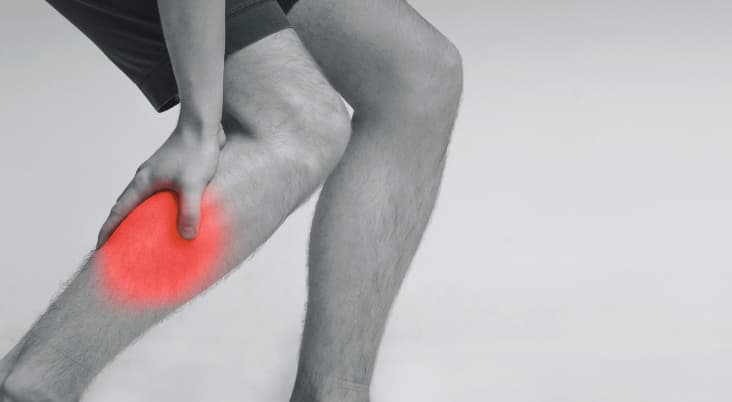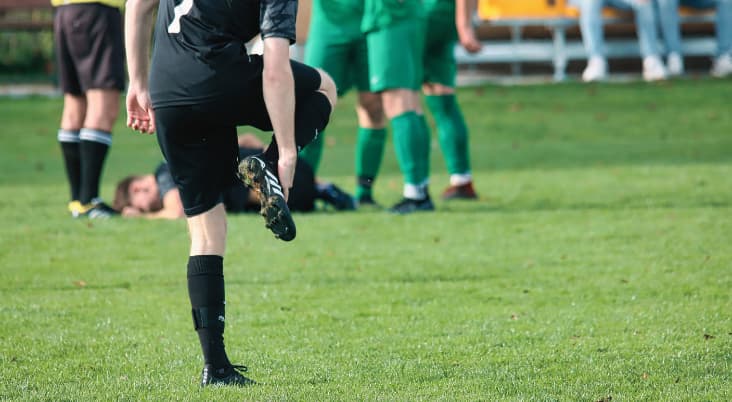Physical activity is an important component of staying fit and healthy. Aside from improving one’s physical appearance, moving the body is also healthy for mental well being, as it reduces stress.
But in this fast-paced, busy world, people have a hard time starting, much less maintaining, a regular habit of exercise. Statistics indicate that a quarter of people are totally inactive and less than two thirds can hit the daily activity level recommendation. Extra care must be given to tap the interest of those who are least engaged in physical activity. And most of all, it is vital to educate people to keep them motivated so that those who are active can sustain and improve their daily habits.
Types of Physical Activity
Physical activity can pertain to any type of movement of the body. This movement is produced through skeletal muscles and it results in the expenditure of energy, also known popularly as calories burning. There are quite a few types of physical activity in people’s daily life. Examples of these activities are occupational in nature, related to commuting or transport, sports activities, conditioning movements, household chores, and the like.
The physical activity that people should focus on at least thirty minutes a day fall under the word called exercise. This pertains to physical activity that is planned and structured within a given time frame. On top of that, activities are quite repetitive, with the primary objective of improvement or maintenance of physical appearance and well being.
This exercise is differentiated into three, namely: strength training, balance and conditioning, and aerobic or cardio physical activity. All three have significant health benefits with specific improvements dependent on the kind of activity chosen. On top of that, guidelines have been set in place for all three, so that people who are engaged into their chosen exercise can keep safe and secure.
Barriers to Physical Activity
Reasons like busy schedule, lack of time, work pressures, no motivation and lifestyle can keep people from physical activity.
People’s physical activity decisions depend on many factors. The character and attitudes of people, including the context of who they live with, where they live, and how they were raised, all influence how they assign value to physical activity. To succeed in positively influencing physical activity choices, strategies must be tailor-fit for the individual and any intervention must take into consideration the factors that influence behaviour.
The diversity of people, including differences in personality, values systems, support groups, and circumstances are things that must be considered. What may work to motivate one person may not necessarily work for another individual. Underscoring the differences created by social and cultural norms, economic factors, gender issues, geography, age, and the like are all vital in understanding why there are vital in making the necessary interventions. The changing needs and opportunities of differing age groups from infancy onward, along with work place and environmental impediments, are essential considerations for effective interventions and programs.
The Early Formative Years From Infancy to Age 4
Young children have always been known for their excessive energy. The early formative years are essential to development and are seen to possess far-reaching effects that serve as the foundation of how an individual lives for the rest of his or her life.
Physical activity levels in babies and younger kids have immediate and long-term benefits related to physical health, motor development, cognitive development, sleep, and over all general quality of life. Encouraging young kids to move strengthens their muscles, heart, brain, and even immunity. Several studies have indicated that there is a very strong link in how this stage influences and affects the later years. Younger kids who are physically active are more likely to be active school children and adults.
Parental role modelling, especially the mothers influence, has a great capacity to impact a very young child’s mindset towards physical activity. A toddler who see his mother engaged in various yoga poses will often mimic and follow her movements. Similarly, a two year old who sees his father constantly working out with weights becomes familiar with the routines. During the push up move, he may attempt to ride his father’s back. Exposing children to exercise early on encourages them to see it as an essential component in everyday life, which will later on affect how they live their own lives. Family behaviours when it comes to health and wellness can prevent obesity.
In the same token, the preschool attended by the young kids could also influence their physical activity levels. Teachers who provide moderate to vigorous physical programs and promote healthy activity during the early years are seen as awesome collaborators. Opportunities for active play in nursery class is a critical component in growing happy and healthy kids. The environment of children, along with the key stakeholders involved in their care, has a strong influence on their level of physical activity and health.
Children in Primary School Age
Children in the primary school age who are confident, competent, understand, informed, and enjoy physical activities will most likely become more active and participate in more activities. School is a place where children are encouraged to sit and pay attention for longer periods of time to learn a variety of subjects. They begin physical education classes, where they learn things about moving the body. These PE classes come once or twice a week.
There has been a known decline in physical activity levels of children at this stage in life. The influence of school when it comes to sitting still gets carried over to the other areas of life.
The task of intervening to increase these primary school children’s activity load rests on the hands of the parents, the rest of the family, the neighbours, and the school. It is very important for these authority to figures to emphasise the value of physical activity and to explain its benefits to health from preventing heart disease, obesity, diabetes, and more. On top of that, the more active the children are, the less time they spend glued on their screens whether TV, ipad, desktop, or tablet.
Screen addiction is rampant, and children in this age group are the most susceptible to abusing screen time because they cannot understand the full extent of the dangerous side of screen time.
Thus, exerting positive influence to keep children’s attention off their gadgets should be prioritised. Offering fun classes like taekwondo or ballet keep the kids both physically and mentally sound. It helps them to be more focused in school, gives them the opportunity to exercise, and provides them with a chance to socialise with other kids.
On top of these activities, they can be encouraged to spend more time in the school playground or walk/ bicycle to school. Being physically active will also help them to sleep better at night, when most of their growth hormone is release, so they can wake up refreshed and ready to face the next day.
Secondary School Age Children
Teenagers are coming out of their shells, testing their limits, and learning about their identities. With their inconsistent hormone levels, this can affect their mood and demeanour. At this stage, they have expanding social circles and they prefer to be with their friends, so encouraging physical activity and other pieces of advice from a parent are often disregarded. These adolescents listen to their friends more because they seek peer approval. With each generation, this kind of behaviour from teens is the norm and is a part the natural cycle of life.
Since parents cannot force hardheaded teens to exercise, they can only hope that their children’s set of friends are interested in wholesome activities like basketball, rugby, and the like. No matter how difficult a task, schools and parents must continue working hard to steer children in the direction of physical activity because of its many benefits.
Physical activity for young people in secondary school improves their self confidence, physical functionality, mental wellness, and bone strength. Activities that strengthen the muscles and provides balance are necessary in the adolescent stage because these means their bones and sense of coordination will not degrade so easily as they get older.
In addition to all of these, encouraging engagement in team sports has a lot of benefits not just physically. It teaches the value of collaboration, cooperation, perseverance, determination, graceful acceptance of defeat, and many more. These character traits are essential in making an overall healthy and self-confident individual.
Adolescents who are more engaged in physical activities will also be able to balance screen time better. Instilling healthy patterns of behaviour, especially physical activity, is vital in this stage because whatever habits they form here in this adolescent years are the patterns of behaviour sustained during adulthood and old age.
Adult Years
Being physically active during the adult years needs a certain level of commitment. With the demands of work, kids, marriage, extended family, friends, hobbies, and many more, it is so much harder to consistently go to the gym.
Concerns about health should be enough reason to keep many adults motivated to continue exercise. To illustrate, a big trial walking program showed that those at risk of diabetes exhibited significant improvement due to walking. Physical activity is critical to maintaining good health and is vital in reducing predisposition to deadly diseases like hypertension, diabetes, kidney problems, heart attacks, stroke, etc.
Adults who are able to squeeze in a walk, workout or a sports game have better dispositions because they are able to de-stress. Stress is the number one killer as it is the leading cause of cancer, stroke, and myocardial infarction. Being able to release stress means these adults are happier and more relaxed. They can go home to their families with a better mental state making them less irritable, less tired, and less cranky.
The eradication of stress due to engagement in physical activities means these adults can go back to work with more focus and with a renewed sense of vigour. Work already eats up so much of people’s precious time.
Doing other things like biking or walking to work, taking the stairs instead of the elevator, and parking away from the entrance are all baby steps that make people move more. Making these small conscious changes eventually pile up helping to motivate an inactive adult, who is thinking he cannot do it.
Engaging in these activities reduces the harmful effects of prolonged sitting that usually comes with office desk jobs that keep people tied to their spot all day long. Light physical activity can be used as a catalyst to do more vigorous workouts. In terms of physical activity, no step is too small and every little bit goes a long way.
Older Generation
With brittle bones, aching muscles, and other painful body parts, people from this generation are less active because of their age (60 plus). Many no longer move about and have lost their zest for life.
The older generation must still be encouraged to keep on moving even it is light baby steps because because a lot of solid evidence already point out that physical activity has the capacity to help people remain functional physically and mentally. Physical activity also helps in the maintenance of people’s independence and quality of life, while reducing the symptoms of deadly diseases like osteoarthritis, hypertension, and diabetes.
Keeping active means being able to keep cognitive delays at bay, like dementia and Alzheimer’s. Allowing the mind to keep on working, may it be through following a simple dance class or doing yoga, keeping the mind alert.
Research indicates, that older people are most likely to keep active and stay motivated through structured group activities than the option of exercising alone in their own home.
Taking classes that promote physical activity, such as yoga, walking workouts, or slow cycling classes, are also great opportunities for these senior citizens to socialise. Building friendship keeps the mind active, makes them happy, gives them a reason to smile, and helps in passing the time.
Being a part of these classes means these batch-mates get to enjoy muscle strengthening and balance workouts together. These are all necessary in keeping the older generation more pliant and flexible.
What drives people to stay physically active depends on their age, where they live, their activities in life, and who they can be active with. It is very easy to fall into the temptation of inactivity. But by understanding what the benefits are of keeping active, people will be encouraged to make time for some form of activity. The goal here is to not make it a temporary fix to lose weight. Instead, it should be seen as an important and ingrained part of a person’s lifestyle.
Related Articles:
- Fatigue – A Modern Epidemic?
- Eating to Beat Stress
- Sports Massage Benefits
- Runners Knee, a Recipe for a Pain-Free Knee

